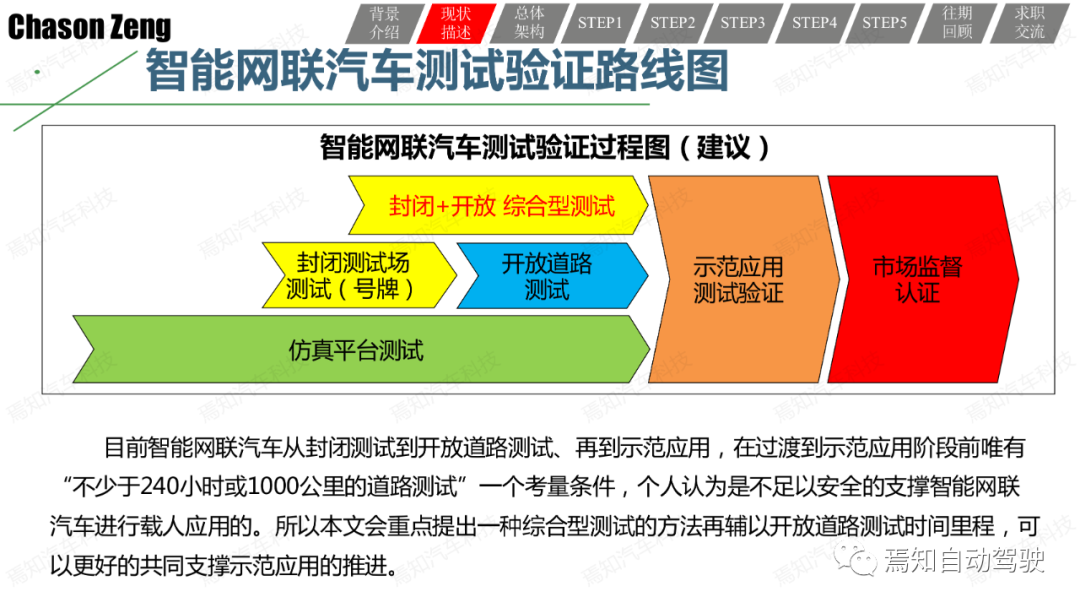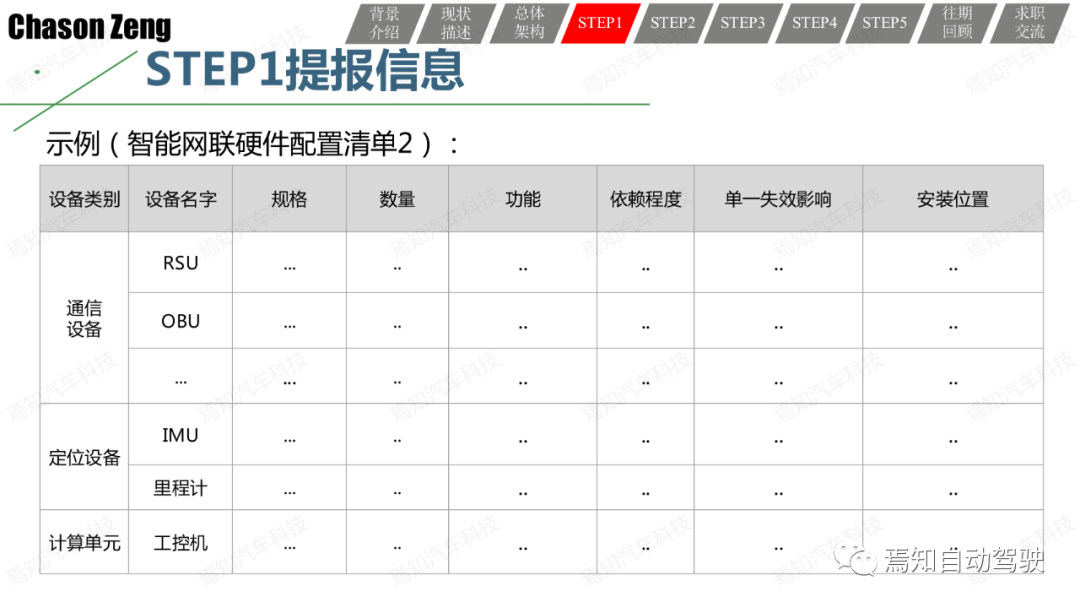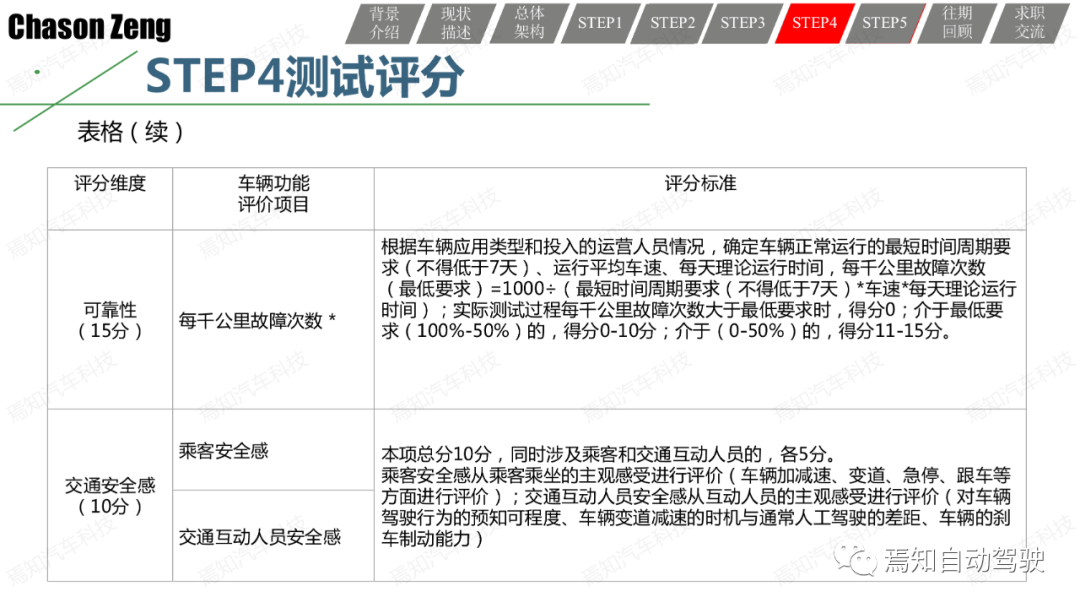*Author: Zeng Changsheng
Thanks to 10 years of experience in quality management and nearly 3 years of work in the field of autonomous driving, this article was initially completed in 2018. However, considering the stage of development of intelligent connected vehicle technology, it was not appropriate.
In January 2021, the Ministry of Industry and Information Technology, together with the Ministry of Public Security and the Ministry of Transport, organized industry organizations, key enterprises, and others to revise the “Management Regulations for Intelligent Connected Vehicle Road Testing and Demonstration Applications (Trial Implementation)”, which has formed a draft for soliciting opinions and has publicly solicited views from all walks of life.
The tone for the demonstration and application of intelligent connected vehicles will officially usher in the prelude to the integration of intelligent vehicles into our lives.
In the face of a wide range of application scenarios, the testing technology for intelligent connected vehicles is facing challenges such as an unsound testing system and methods, unreliable testing equipment and systems, a wide range of test objects, a huge amount of testing work, and low input-output ratio of testing funds. It is hoped that this article can provide references and help in stages to solve these problems.





































This article is a translation by ChatGPT of a Chinese report from 42HOW. If you have any questions about it, please email bd@42how.com.
